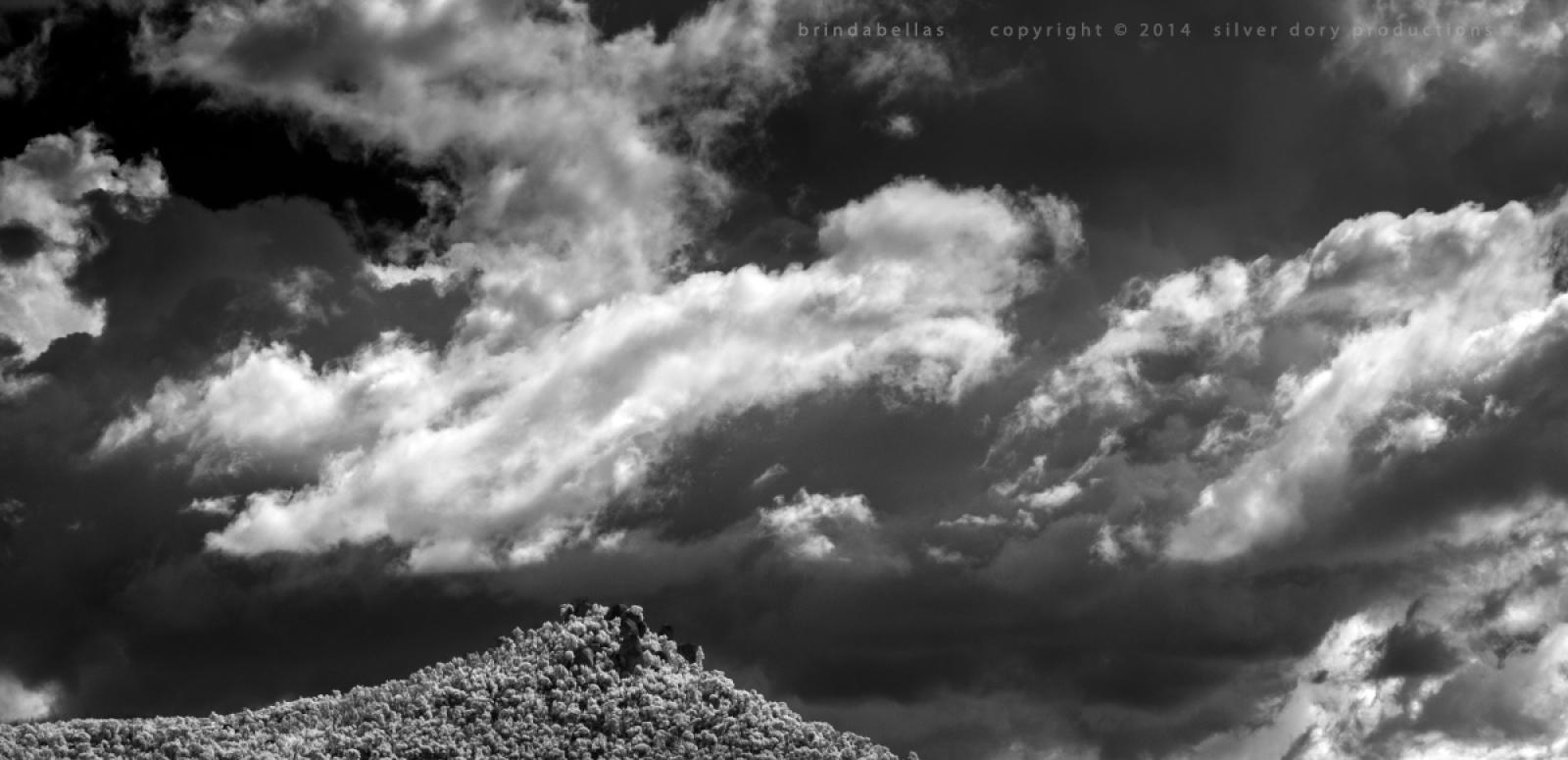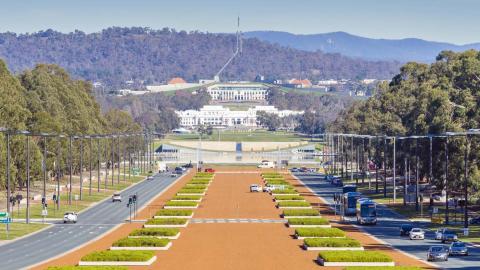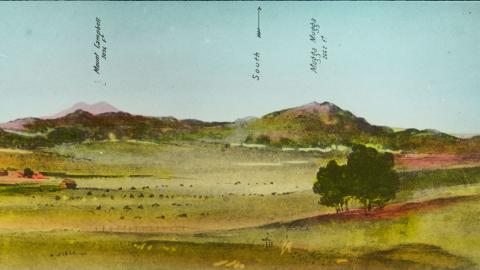

Rediscovering the Brindabellas
The Brindabella ranges are to the west of Canberra. If you live in Canberra long enough you take them for granted. They are just there, on the periphery of your vision. It takes a trip there, or a photograph, to be reminded of how amazing and beautiful they are.
Canberrans will have the chance to see the Brindabellas in a distinctly new light when Glen Ryan and his Silver Dory production company present a special film preview at the NFSA’s Arc Cinema on 30 May.
Glen calls the film ‘an artistic piece’. It is not a documentary, it is not time-lapse. It aims to show, in the most exquisite detail, the processes of nature and how a ‘miracle’ like the Brindabellas interacts with itself: the landscape, the mists, the water, the clouds, the rain, the days, the nights, the seasons.
He admits to be being obsessed with the ranges. ‘I was a typical Canberran. Had lived here for ten years; they were just hills.’ But his fascination grew alongside an interest in just how far the developing technology of photography could go.
He is a photographer by trade, specialising in fine art photographs. He began to experiment with near infra-red cameras to create the most detailed stills. Then he moved into the study of moving image and purchased one of the famous RED cameras which are state-of-the-art and used by filmmakers like Peter Jackson on his Hobbit films.
Glen took a further step and looked at near infra-red moving image. This required an extensive and expensive modification to the RED camera, but he was determined to do it. What he was looking for was the ultra-detail of near infra-red still photography captured in moving image.
With his production company Silver Dory, he made a film called Karst Country. It looked at the limestone landscapes near Wee Jasper in New South Wales. Glen says it was a trial of the system, an experiment in near infra-red motion. It went onto Vimeo, was awarded a Vimeo Staff Pick, and featured on PetaPixel, Gizmodo, The Atlantic, F-Stoppers, the Smithsonian’s Retina, and many other online publications around the world. It was included in the Fubiz Best of Timelapse list in April 2014.
This led to the decision to make the feature length film Brindabellas, a co-production with his editor-post specialist James van der Moezel. It is scheduled to be released later this year. Glen says that as far as they know, no one has ever produced or released a 4K 90-minute motion piece shot entirely in near infra-red.
So what will lucky Canberrans see on 30 May at Arc? Glen says that the short description on the NFSA website sums things up pretty well: ‘Canberra filmmakers Glen Ryan and James van der Moezel present a preview of their latest project, Brindabellas, a stunning near infra-red motion piece filmed across the Brindabella mountain range using RED digital cinema cameras’. It will be a 30-minute cut of the planned 90-minute feature.
If you see the film, he says, you will never again take the Brindabellas for granted.
Brindabellas screens at Arc Cinema on Friday 30 May from 5:30-6:30 pm. It is free. Bookings on 6248 2000.





The National Film and Sound Archive of Australia acknowledges Australia’s Aboriginal and Torres Strait Islander peoples as the Traditional Custodians of the land on which we work and live and gives respect to their Elders both past and present.


